What I learned watching the longest movie ever made
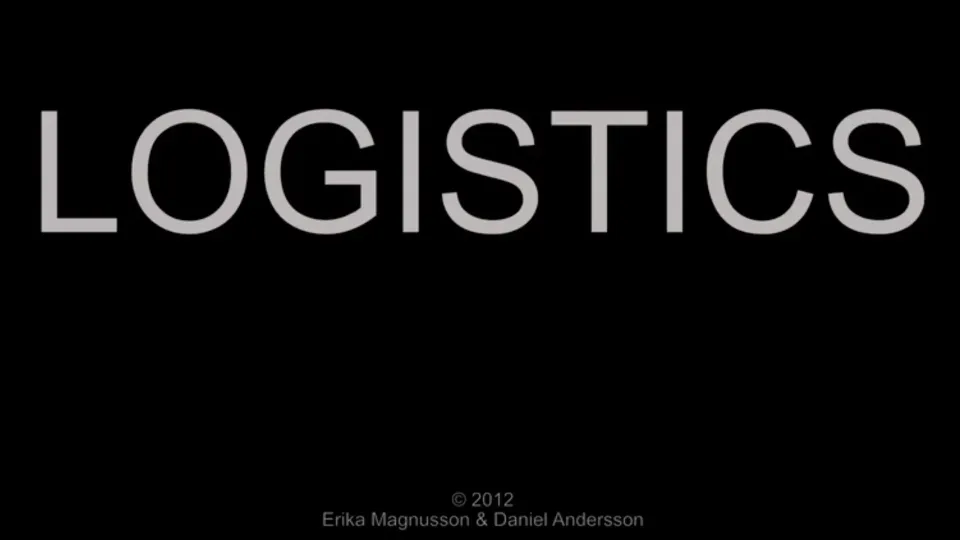
(Each week, I’m publishing a new pop culture essay from a freelancer. Remember: Your subscription fee helps me pay these freelancers for their efforts! This week: Amy Tate on Logistics, the longest movie ever made.)
From March 1 to May 30 of this year, I watched the longest film ever made, clocking in at just over 840 hours, or 35 days.
It’s called Logistics, and it’s a 2012 Swedish film directed by Erika Magnusson and Daniel Andersson. It was initially released as an experimental video installation at the Uppsala City Library in Uppsala, Sweden, showing between December 1, 2012, and January 6, 2013. It follows in reverse the path of a pedometer from its point of sale in Stockholm, Sweden, back to the manufacturer in Shenzhen, China, and the trip unfolds in (mostly) real-time. It’s so long that the rental period for the film at Vimeo, the only site streaming it, lasted three months. That turned out to be enough time for me to watch the whole thing, but just barely.
So it’s long. But what is it like to watch Logistics? For one thing, it’s completely silent. The camera shoots from a fixed position, whether on a truck, train, or container ship, and there is no lighting beyond what the environment of the shot provides. Depending upon the ship's latitude, five to 11 hours a day at sea would be during the night. Since there’s almost no light out at sea, that means hours of watching darkness. And even when the sun is up at sea, the film usually consists of a container ship traveling through similar-looking stretches of water. You do not watch Logistics without a lot of multi-tasking. (My choice? I stuck with the lengthy, nautical theme and read Moby Dick.)
From that description, the movie sounds akin to surveillance footage or one of those ambient videos you put on after a stressful day to relax. Yet Logistics is neither of those. This is a real movie. The filmmaking choices are intentional, meant to make you feel every single moment you travel with the pedometer back to its “home.”
Thus, perhaps surprisingly, I found Logistics a very engaging film. The movie starts with a road trip across Middle Sweden from Stockholm to a shipping depot in Borlänge. The second day switches to the Swedish rail system, as a freight train bears the pedometer from the small town of Insjön to the busy North Sea port of Gothenburg. These two days, if nothing else, allow American viewers (like me) to compare and contrast the Swedish transit network with the American system we’re more familiar with. (I got a thrill following the trip on the map. I do love maps.)
These first two days also feel the most like one of those ambient videos of a long ride from one place to another. It’s engaging to watch the rolling hills of Sweden, occasionally interrupted by small towns and cities. Yet the further we get from Stockholm, the more the film’s central theme becomes evident. What goes into getting our “stuff” to us? It turns out one of the answers is that our stuff spends so much time waiting, in this case, waiting on almost every railroad siding from Insjön to Gothenburg so faster, higher priority freight and passenger trains could pass it.
These first two days are also our last on land until the film’s end. By day three of Logistics, the camera perches itself on the bridge of a giant container ship, which will be its home for all but the film's last two hours or so. A pattern soon emerges. First, we sit in port as containers load and unload giant crates. Next, we travel out to sea toward our next port. This cycle repeats at five ports after Gothenburg. The ship stops in Germany (Bremerhaven); The Netherlands (Rotterdam); Spain (twice, in Algeciras and Malaga); and finally, China (Shenzhen).
The routine is interrupted on occasion by brief breaks in the monotony. A helicopter comes into view and drops someone off onto the ship at one point. Random landmarks, such as the Rock of Gibraltar or the Suez Canal, occasionally pop up. At various times the window in front of the camera is washed, which is an unexpectedly jarring experience every time it happens.

But those “highlights” aside, the film mainly involves watching a ship travel through darkness, sunrise, daylight, and sunset, from Sweden to China. That’s not necessarily a bad thing. Logistics became a welcome daily ritual for me. I’d get up, get my coffee and breakfast, open my computer, and continue the journey. It was a comforting, soothing presence in uncertain times, and the few days I wasn’t able to continue the movie always felt off somehow.
As I settled into my routine, I wondered how the sailors aboard the ship felt during the long trip from port to port. Did they take comfort in the repetition and routine? Or were they too busy keeping the ship running to its destination to really care? These questions are mostly left to the imagination, as I almost never saw any crew in action. The one exception is when a crew member washed the window in front of the camera. Seeing a human face on the screen for the first time was always a jarring experience for me. But even the crew members kept to themselves and ignored the camera, except for one guy, who smiled and waved. I hope he’s doing well.
As comforting as the consistency of my routine was, eventually, my mind drifted back to the film’s larger point. To watch Logistics is to witness one of the cornerstones of the global economy in action. As cozy as it felt to watch the film at times, I couldn’t ignore the many enormous mechanisms of capitalism, for good and ill. You can’t watch this ship without thinking about the environmental impact of international shipping, and you can’t spend time at the ports without thinking about labor exploitation. Even the recognizable landmarks, such as the aforementioned Rock of Gibraltar and the Suez Canal, cannot be decoupled from the colonialist legacies attached to them. And what is all of this even for? It’d be tempting to say it’s all useless, just an absurd system built to bring us junk that ends up broken in landfills or forgotten in the back of our closets. But it’s much more than that. The system brings us food for our meals; the equipment to do our work; and objects that can be useful, like pedometers. It’s impossible to escape the system because, in some ways, it holds our lives together.
The absence of people across so much of the film underlines this, as does the scale of the container ship and the cranes that load and unload it. Watching these machines in motion makes the system feel immense, depersonalized, and permanent. The system commands us all. It is what it is, and it will be for all time. That this feeling arose most acutely in the middle of Logistics, when the film feels as if it has always been and will always be, is not a coincidence.
But as I continued the film, it became clear there were other forces at work beyond the “system.” The sun rose, traveled across the sky, and set, day after day. The waves crashed against the ship, oftentimes sending it swaying back and forth. Fog formed. Clouds filled the sky and dumped rain. The weather would eventually dissipate and leave the ship and sea bathed in sunlight. Birds, bats, and insects, though adapting to the presence of the cranes and ship, were not beholden to them. They carried on their existences much as they always had.
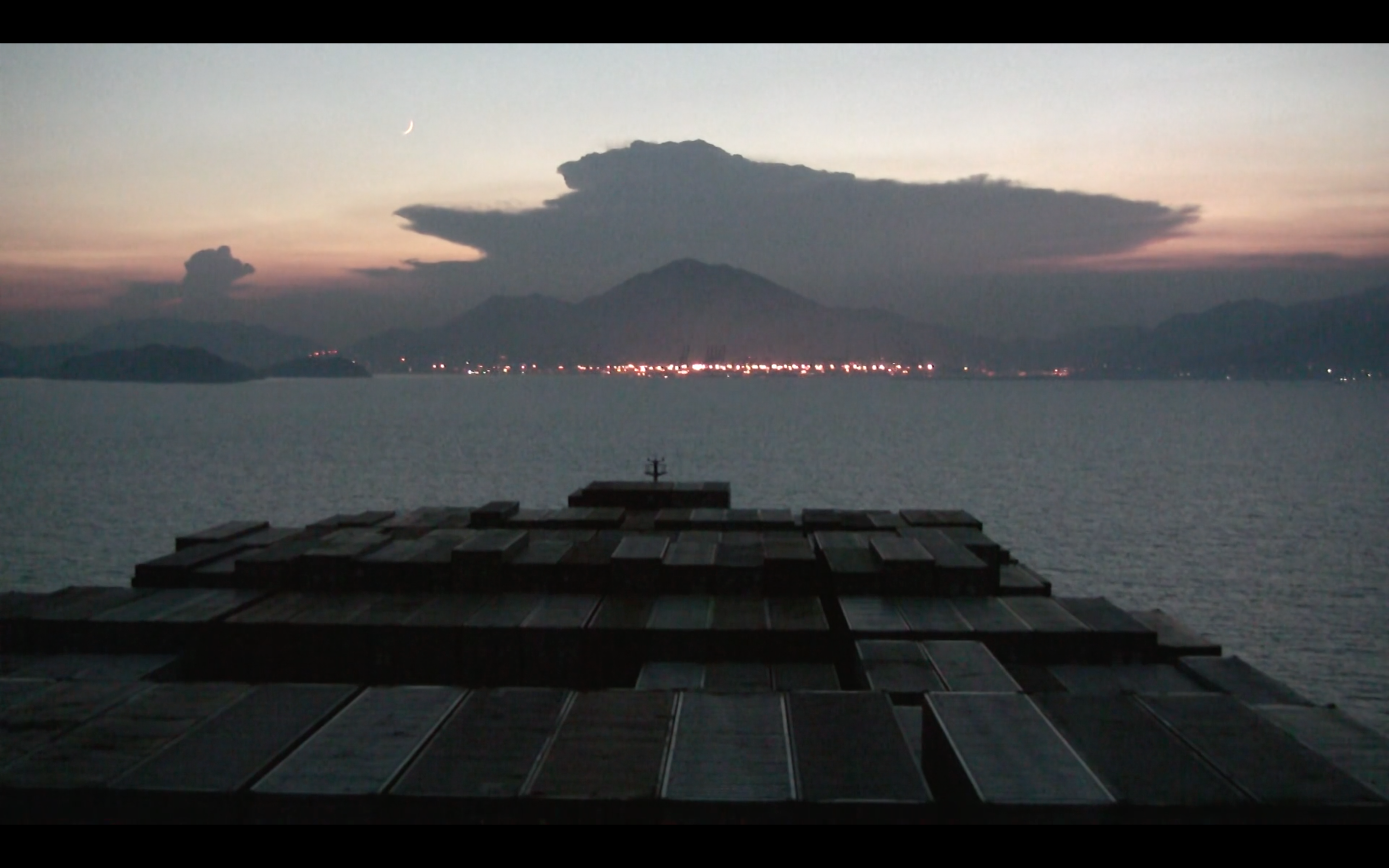
As the ship pulls into its final approach towards Shenzhen, a single shot underlines this realization. Straight ahead, in the center of the shot, sit the lights of the port, punctuated by unlit cranes at the front of the wharf where the container ship will eventually dock. When seen as the ship is docked, the port feels permanent and large, the cranes towering over the huge container ship carrying around full containers as if they were empty cardboard boxes. But from out at sea, the port is tiny compared to the mountain that looms behind it. Still behind that sits a gigantic storm cloud overshadowing both the mountain and the port. The mountain and the storm were both created by forces unconcerned with human logistics, and they will be turned to dust by other forces as well. They do not need us to exist.
But the end of the film doesn’t highlight cosmic powers beyond the control of humans. Instead, it points to another force that sits downstream from the system: us. The film’s last two hours feature a trip by delivery truck through the bustling port city of Shenzhen. After days spent with virtually nobody on screen (give or take a sailor washing a window in front of the camera while at sea), the sudden explosion of people – working, traveling, shopping, living – is the film’s single most dramatic moment.
In the last minutes of the film, the truck travels through a neighborhood in the vicinity of the factory where the pedometer was made. Rain falls in a light enough sprinkle that the pedestrians have brought out umbrellas. A young couple crosses the street in front of the truck. They laugh and joke, both clearly enjoying themselves, oblivious to the rain. It’s a very human moment in a film with so few.
Now that I’ve finished the film, it’s caused me to think more about the system at the center of the film. Even when walking a few blocks to the corner store for coffee, it’s hard not to notice that system. A half a block from my apartment, I meet a parcel delivery truck, delivering electronics, books and cat food to my neighbors. Farther down the block, garbage workers dump bags full of packaging and broken things into their truck. Off in the distance, I hear a train whistle as it leaves the city, and as I pass under the interstate, I feel the rumble above from semi-trucks. In the distance, I see the towers of the bridge over the river, made tall enough for container ships to pass comfortably under it. As I order my coffee, I wonder where it came from and how long it took to get to me.
Despite the seemingly impersonal nature of Logistics, better understanding the system has also made me more aware of the people around me who are going about their day. Sure, most of them are engaging in something or with something that involves the system. But they’re so much more than that. They’re laughing with each other and scolding each other. They’re happy, or sad, or tired. We built the system, but we are also more than the system.
Therein lies the point: The system, as impersonal and unceasing as it is, is us. We made it, and it can be unmade. It can be remade into something better until one day that new system, too, grows oppressive and overbearing. And the cycle continues anew.
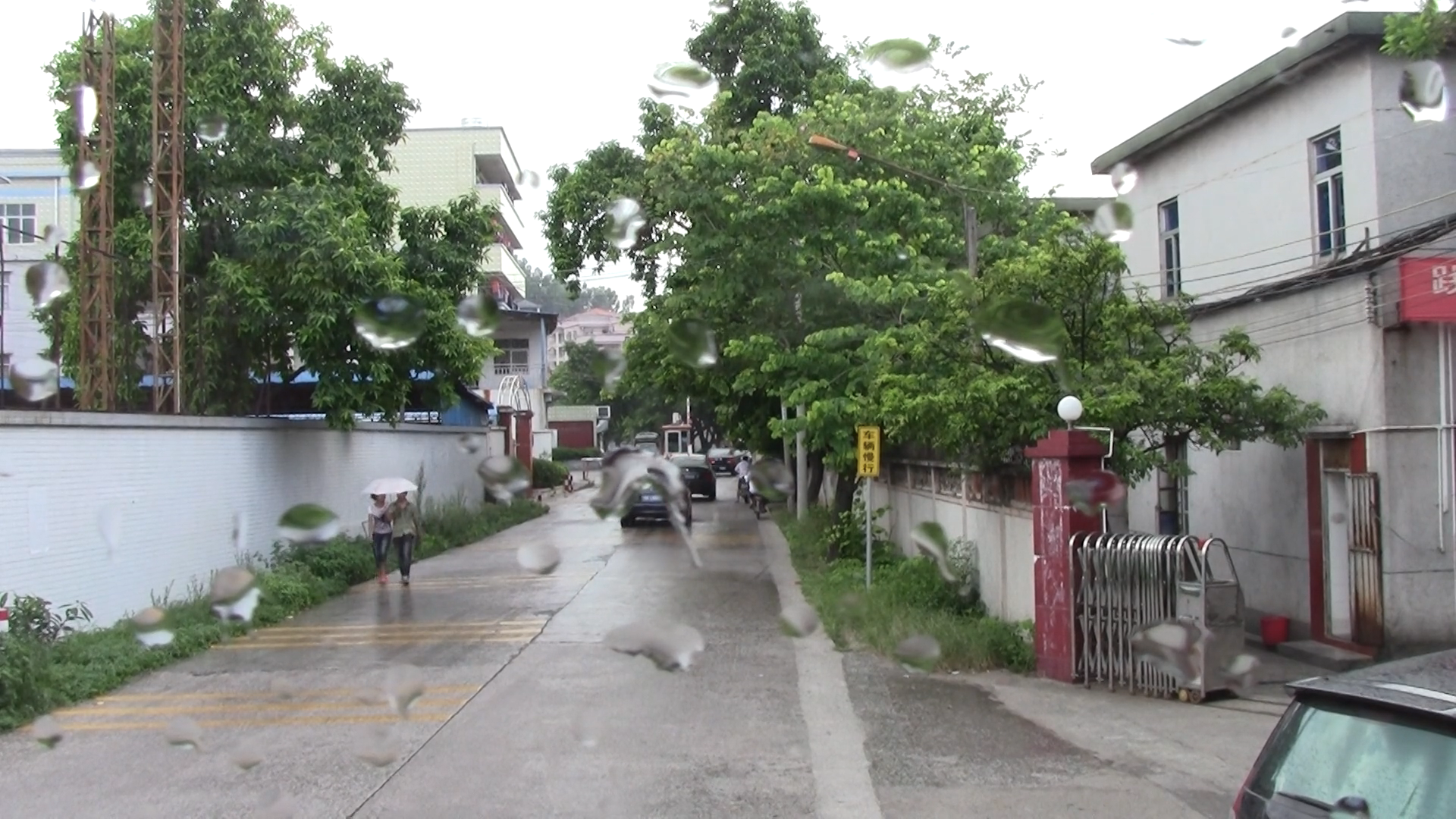
Episodes is published twice per week. Mondays alternate between a free edition on various topics and a subscriber-supported edition where I recap TV shows of interest. Fridays offer pop culture thoughts from freelance writers. The Friday edition and the biweekly recaps are only available to subscribers. Suggest topics for future installments via email or on Twitter. Read more of my work at Vox.
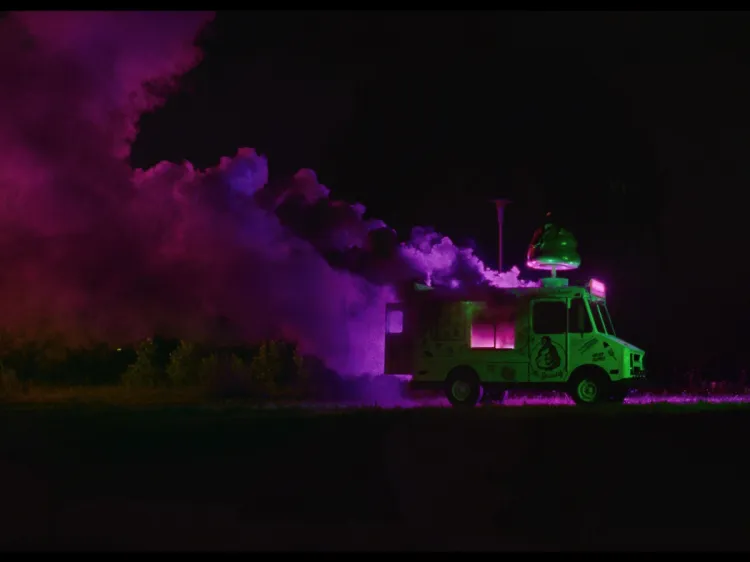
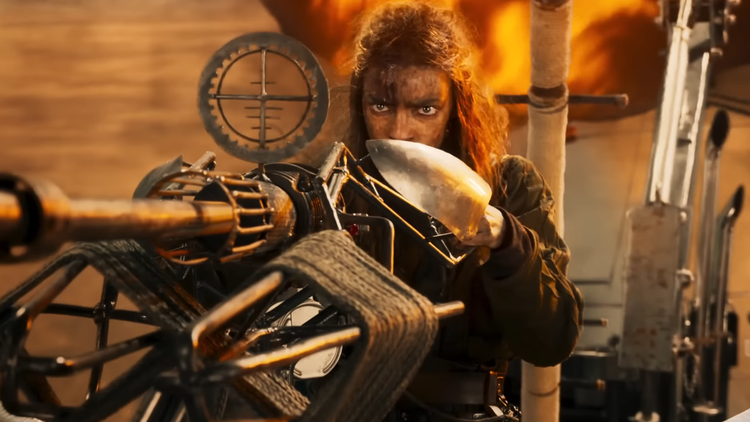



Member discussion